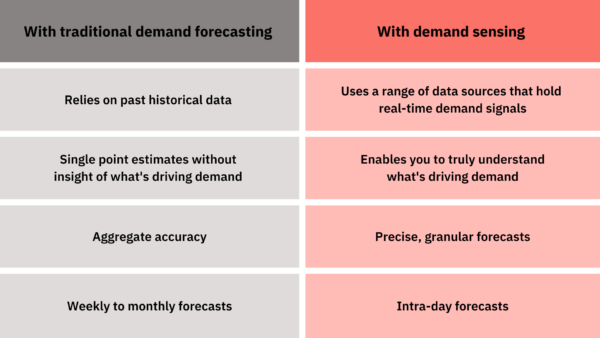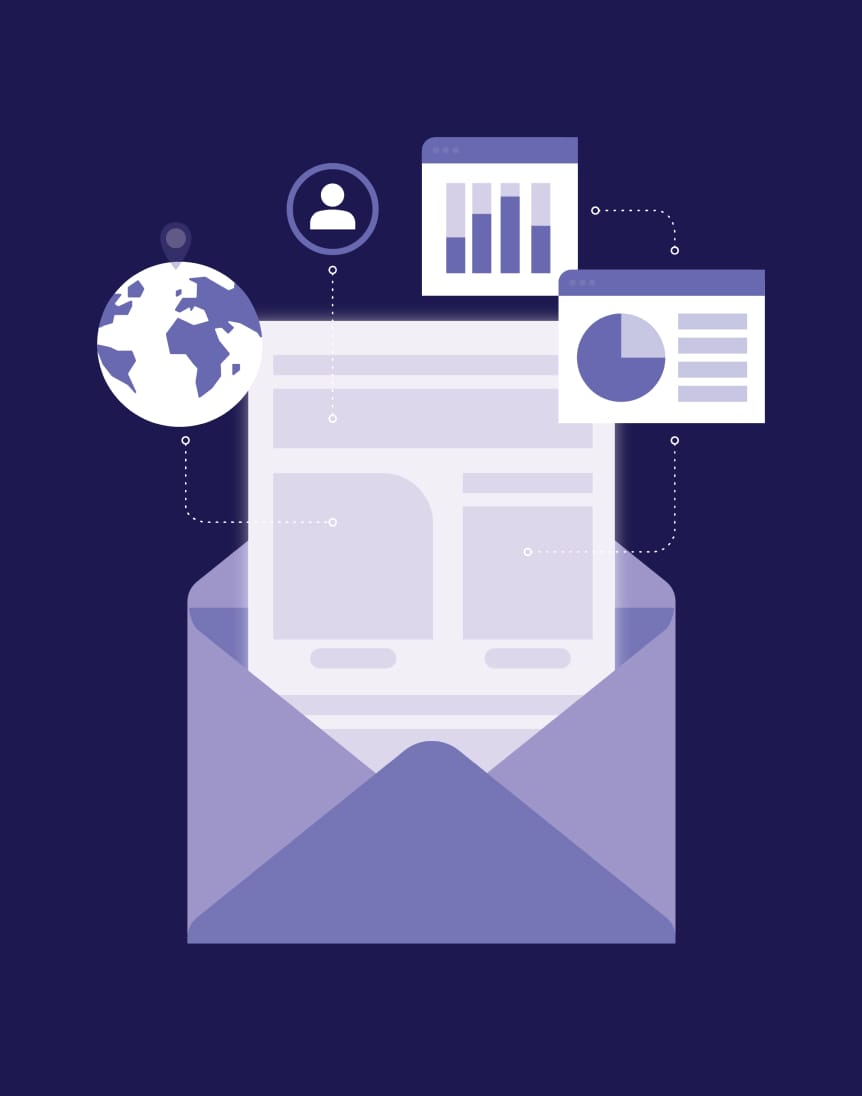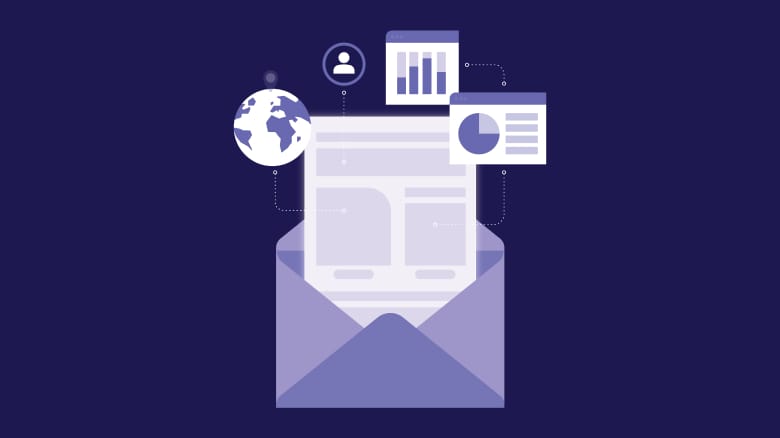Blog
The future of demand forecasting in retail

It’s never been easy to forecast demand in retail. Most sectors used to get away with single point forecasting, pumping in a few years of fixed historical data to determine future demand. But retail has never been a good fit for this traditional forecasting method.
Seasonality and short product life cycles, high demand volatility and fragmented demand across product families make demand difficult to predict, resulting in inaccurate forecasts. And inaccurate forecasts impact retailers’ ability to plan effectively, taking a direct hit on sales, customer experiences and supply chain management.
But there’s another problem: these traditional methods were designed to accommodate weekly planning processes. These forecasts have never been able to deal with the here and now. COVID-19 has made this even more important.
When the shutters were pulled down across high streets, and sales of pasta and toilet paper hit the headlines, traditional forecasting methods were exposed for what they were: out of date.
What are the challenges of traditional demand forecasting?
Retailers can only see demand in the rear-view mirror
Traditional demand forecasting makes predictions based on historical sales data. It assumes stable demand and self-repeating consumer behaviour. But in an ever-changing world, with multi-channel experiences and brand savvy consumers, historical data no longer accurately represents how consumers will behave tomorrow. Add in COVID-19’s nationwide lockdowns, halt to international travel and deserted high streets, and retailers are left with drastically different consumer purchasing behaviours. Pandemic-induced habits like panic buying and a surge in online shopping has distorted two years’ worth of data, which demand planners rely on for sales and operations planning.
Demand volatility isn’t new for retailers, but the rate at which consumer demand is changing is. Of course, you may decide to use pre-pandemic data to form their 2022 forecasts, but the over reliance on historical data is unsustainable. It fails to account for meaningful demand signals that are indicative of what’s happening now, rather than over two years ago. These demand signals can be found in a huge range of data sources elsewhere including social media trends, POS data, weather forecasts, macroeconomic indicators and competitor activity. The planners who leverage these rich data sets can better anticipate demand, adapt to consumers’ needs and build far more agile supply chains.
Forecasts don’t have enough granularity to help make precise SKU-level decisions
Traditional forecasts aggregate demand to give planners a surface-level view of demand. This might be useful when you’re presenting top-level figures in the boardroom, but these headline figures hide the daily patterns, trends and nuances of consumer behaviour. Without granular forecasts retailers can’t fully understand the increasingly complex relationships consumers have with products, leading to suboptimal decisions across sourcing, merchandising and buying.
This is especially problematic when you are forecasting demand for seasonal and slow-moving products. With little, patchy data, you start making decisions on product categories, rather than at SKU level. This leaves you out of celebrity-approved red dresses, and rails full of out of season colours. When looking to replenish seasonal stock and manage inventory, retailers need to be able to drill down into the detail to create perfect store orders across channels and regions. The retailers who embed intra-day forecasts into their processes will ensure orders are fulfilled and replenished at exactly the right time. To do this, they need to understand the key drivers of demand.
Without transparency, retailers can’t pinpoint what’s driving demand
Aggregated demand forecasts will tell you there will be demand between, for example, 850 and 925 units of SKU X, with 95% confidence. You don’t know what the precise number will be, and more importantly, you don’t know why it has such a high probability. There are multiple variables driving this demand, so understanding the most influential ones is crucial.
Because you don’t know what’s driving your customers to demand individual SKUs, you won’t know the optimal way to intervene. For example, deciding what marketing campaign to run to support the new season launch is difficult without any meaningful insights on whether spikes in demand were from your LinkedIn ad campaign or because a new influencer name-dropped your brand in a Youtube video. But by being able to pinpoint and quantify what efforts are driving demand, retailers can far more confidently invest in marketing efforts knowing they will return on investment.
Traditional demand forecasting inhibits strategic decision making
Demand forecasting affects the entire business from workforce management, marketing, operations, customer service, to its supply chain. But with low levels of accuracy, transparency and real-time data, demand planners are unassured that their forecasts are reliable or trustworthy. Without insights alongside forecasts, retailers can’t identify and mitigate risks, nor plan for a range of outcomes. This stifles collaboration across the business, and inhibits strategic decision making and problem solving.
Demand planners who do level up their forecasting capabilities can leverage automation to make low-level decisions, and allow retailers to focus their full attention on high-value areas to increase their bottom line.
So, all I need is to level up my existing demand forecasting?

Yes: all you need is to augment your current forecasting model with demand sensing. Unlike traditional methods, demand sensing uses a range of data sources and near real-time data to produce precise, intra-day forecasts of demand. With transparency built-in, it allows retailers to understand what is driving forecasts, so you can make informed decisions across your entire supply chain. Easily integratable within your existing processes and workforce, it is the simple, efficient tool you need for accurate and reliable forecasts.
Read more about what demand sensing can do for retailers here.




